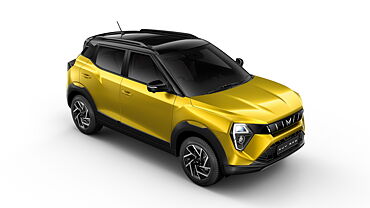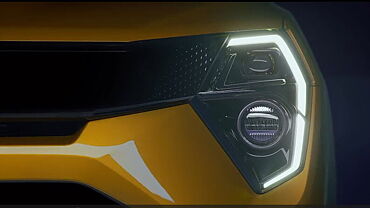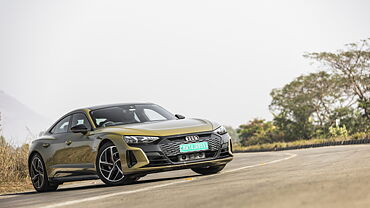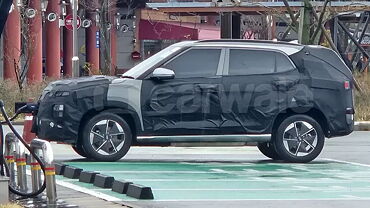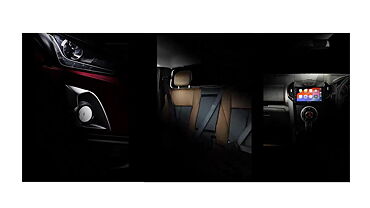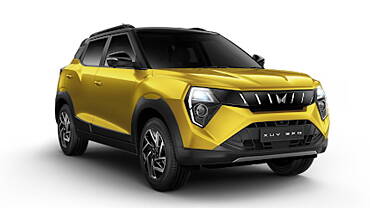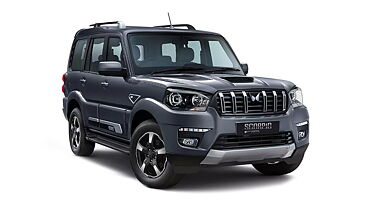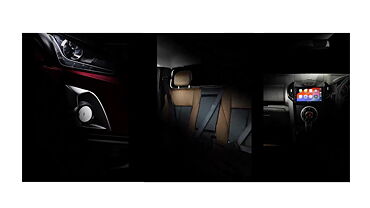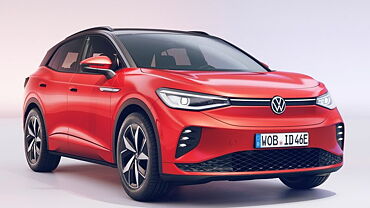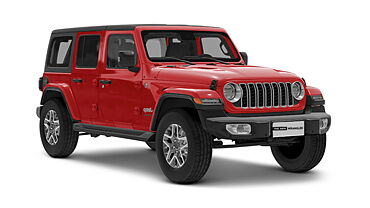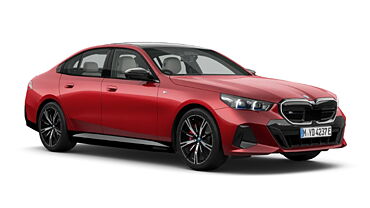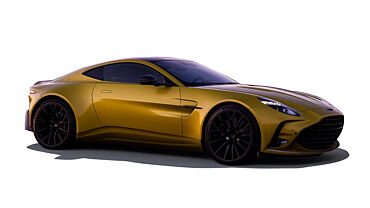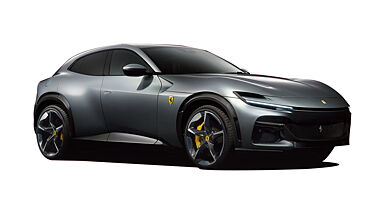Bajaj Auto Ltd., the biggest exporter in the two-wheeler and three-wheeler segments of India, has said that it is worried that sales in foreign markets to be restricted in FY 2012-13. The company, in its annual report that was released on June 25, 2012, said, “Growth in exports for the company for the financial year 2012-13 in both motorcycles and three-wheeler segments is facing some headwinds due to international events such as substantial rise in import duty in Sri Lanka, trade restrictions imposed in Argentina, dollar trade embargo in Iran.”
The company believes that India’s slowing economy, accompanied by high inflation and rising fuel costs, would impose challenges in the domestic commercial vehicle market as well. While referring to its exports, the manufacturer said, “Given this challenging environment, managing growth with profitability and building a sustainable growth momentum will continue to be a key challenge for the forthcoming financial year.”
Bajaj Auto, in fiscal 2012 did good overseas business and managed to sell 1.58 million vehicles, which is 31% higher than its export volumes in 2011. The total exports in 2011-12 accounted for 36% of its overall production and fetched 32% of its turnover, amounting to Rs. 20,137 crores during the year. Africa, Asia and West Asia are the major exporting nation for Bajaj, of which Africa alone accounted for as much as 41% of its total exports in the previous year.
Chief Financial Officer (CFO) of Bajaj Auto, Kevin D’sa told analysts that the company plans to cut down its exports to Sri Lanka by about 60,000 units this fiscal year. Sri Lanka is one of the most important markets for Bajaj and with sales of 2,64,000 units, it accounts for 17-18% of Bajaj’s overall foreign shipments.
In April 2012, Sri Lanka increased the taxes on imported cars from 120-291% to 200-350%. On the other hand, the excise duties on three-wheelers went up from 51-61% to 100%, while the two-wheeler segment saw an increase in taxes from 61% to 100%. The bold decision was taken in order to keep a check on the rising fiscal deficit, even though buses, trucks and tractors were spared from this hike. This resulted in a steep 29% rise in price of Bajaj’s motorcycles and 32% increase in the cost of three-wheelers.
Umesh Karne, an analyst at Brics Securities Ltd., said, “We have already factored in most of these (challenges) in our earnings estimates and don’t see it impacting the business in a major way.”
It is likely that state governments across the country would put a cap on the number of permits on three-wheelers. Therefore, Karne expects the sales volume will not grow this year for this segment of the Indian auto industry. According to the report released by Bajaj, it has set a target to raise its consolidated annual manufacturing capacity from the existing 5.1 million units to 6.36 million units by March 2013.
RE 60, the company’s first four-wheeler that was unveiled at the New Delhi Auto Expo in January 2012, is all set to hit Indian roads in the second half of 2012-13. This model is being looked upon as the successor to the conventional auto rickshaw. It would be manufactured at Bajaj’s Waluj plant in Maharashtra, which is currently being used to develop three-wheelers. Previously, it was planned that RE 60 would be produced at the manufacturer's Chakan plant, but it was later decided that this plant will be expanded to bolster its two-wheeler volumes.



